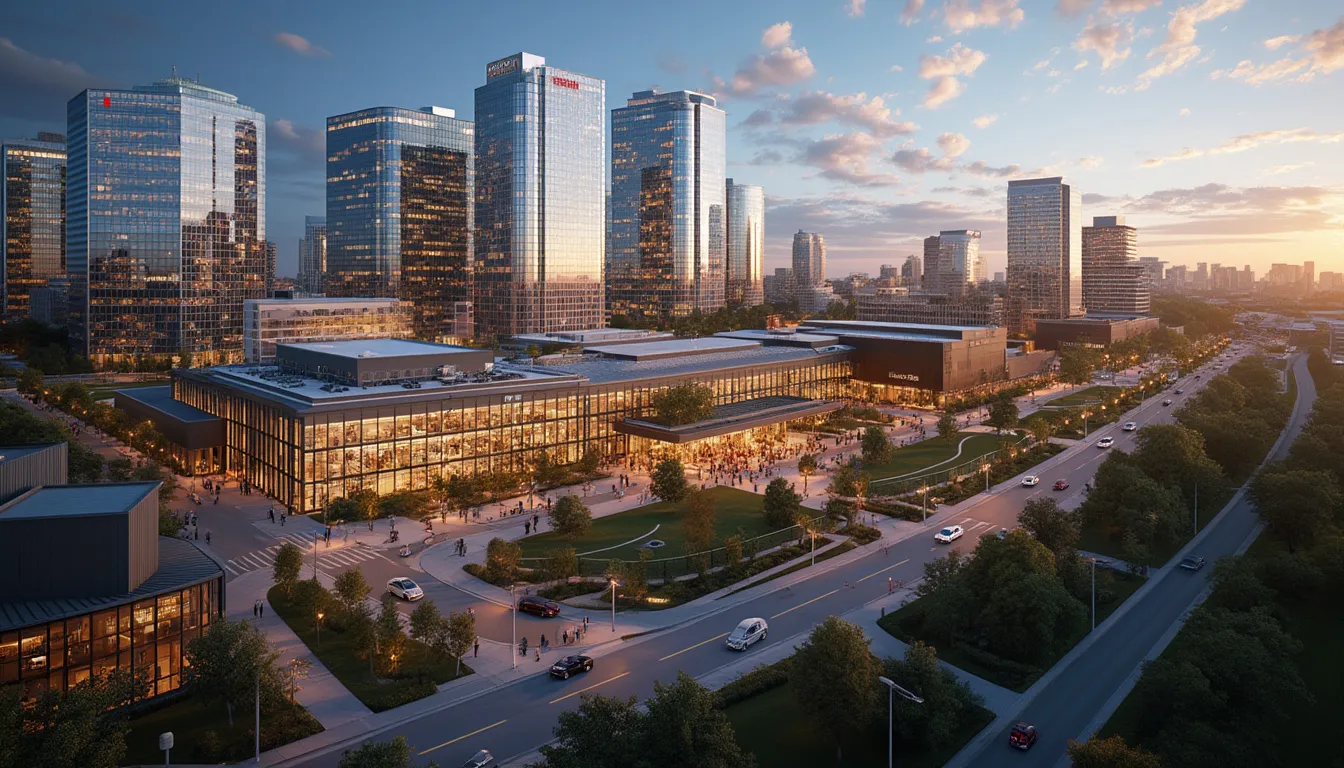On February 3-6, 2025, Alberta conducted its first Provincial Nominee Program (PNP) draws of the year under the Advantage Immigration Program (AAIP). A total of 308 Invitations to Apply (ITAs) were issued to skilled workers across three targeted streams.
The Dedicated Health Care Pathway – Non-Express Entry stream invited 48 candidates with a minimum score of 50, focusing on healthcare professionals with job offers in Alberta. Meanwhile, the Dedicated Health Care Pathway – Express Entry stream issued 70 ITAs to candidates in the federal Express Entry pool, requiring a minimum score of 52.
The Rural Renewal Stream, designed to address labor shortages in rural areas, issued the largest number of invitations, with 190 candidates receiving ITAs at a minimum score of 68. These draws underscore Alberta’s strategic focus on attracting healthcare professionals and skilled workers to support its economy and rural development.
In parallel, New Brunswick has announced updates to its immigration processing for 2025. The province has been allocated 2,750 nomination spaces, split between the New Brunswick Provincial Nominee Program (NBPNP) with 1,500 spaces and the Atlantic Immigration Program (AIP) with 1,250 spaces.
Given these constraints, New Brunswick will prioritize immigration in key sectors such as health, education, and construction. However, certain sectors will face restrictions, reflecting the province’s efforts to align immigration with local labor market needs.
The Strategic Initiative Stream has been paused for 2025 due to an existing inventory of applications, while the In-Person Exploratory Visit connection, paused in November 2024, will not be reinstated this year. Despite these changes, alternative pathways remain available for immigrants with job offers and in-demand skills in the province.
These developments come amid broader shifts in Canadian immigration policies, including the recent restriction on applying for work permits from within Canada as of August 28, 2024. This move marks a departure from pandemic-era policies aimed at addressing labor shortages.
Together, Alberta’s targeted PNP draws and New Brunswick’s updated processing priorities highlight the critical role of provincial immigration programs in addressing local labor needs and contributing to Canada’s economic growth.

Alberta’s focus on healthcare and rural development through its PNP draws aligns with the province’s long-term economic goals. By targeting healthcare professionals and skilled workers for rural areas, Alberta aims to address critical labor shortages while fostering community growth. The Dedicated Health Care Pathways, both within and outside the Express Entry system, demonstrate a strategic effort to attract and retain medical professionals, ensuring access to quality healthcare services across the province.
The Rural Renewal Stream’s significant issuance of 190 ITAs underscores Alberta’s commitment to revitalizing its rural economies. This initiative not only addresses labor gaps but also contributes to the sustainability of rural communities, which are integral to the province’s agricultural and resource-based industries. By prioritizing higher-scoring candidates, Alberta ensures that incoming skilled workers are well-equipped to meet the demands of these sectors, fostering a competitive and dynamic workforce.
In New Brunswick, the decision to prioritize immigration in key sectors such as health, education, and construction reflects a data-driven approach to addressing labor market needs. The province’s allocation of 2,750 nomination spaces, divided between the NBPNP and AIP, highlights a balanced strategy to manage population growth while ensuring economic stability. By focusing on in-demand skills and job offers, New Brunswick aims to create a seamless integration process for newcomers, ensuring they contribute effectively to the local economy.
The pausing of the Strategic Initiative Stream for 2025, due to an existing inventory of applications, indicates a proactive approach by New Brunswick to manage its immigration processes efficiently. This decision allows the province to focus on processing existing applications while maintaining the integrity of its programs. Similarly, the discontinuation of the In-Person Exploratory Visit connection streamlines the immigration process, encouraging applicants to explore alternative pathways that align with the province’s labor market needs.
These provincial immigration updates occur against the backdrop of broader federal policy changes. The restriction on applying for work permits from within Canada, effective August 28, 2024, marks a shift in Canada’s immigration strategy. This change moves away from the more flexible, pandemic-era policies that aimed to address acute labor shortages. As a result, provinces like Alberta and New Brunswick must adapt their strategies to ensure they continue to attract the skilled workers needed to sustain economic growth.
Looking ahead, the coordinated efforts of Alberta and New Brunswick to align their immigration programs with local labor market demands serve as a model for other provinces. By prioritizing specific sectors and streams, these provinces are not only addressing immediate workforce needs but also laying the groundwork for long-term economic resilience. As Canada navigates the evolving landscape of immigration policies, the strategic approaches taken by Alberta and New Brunswick offer valuable insights into the role of provincial programs in shaping the nation’s economic future.

Conclusion
The recent immigration strategy updates in Alberta and New Brunswick demonstrate a clear alignment with local labor market demands and long-term economic goals. Alberta’s targeted PNP draws, particularly in healthcare and rural development, highlight the province’s commitment to addressing critical labor shortages while fostering sustainable community growth. New Brunswick’s balanced approach to immigration, with a focus on key sectors like health, education, and construction, underscores its efforts to manage population growth and economic stability effectively.
These provincial initiatives, coupled with broader federal policy changes, reflect a strategic shift in Canada’s immigration landscape. By prioritizing in-demand skills and aligning programs with local needs, provinces like Alberta and New Brunswick are setting a precedent for effective immigration management. As Canada continues to navigate the evolving immigration landscape, these coordinated efforts will play a pivotal role in shaping the nation’s economic resilience and workforce development.
Frequently Asked Questions (FAQ)
What streams did Alberta target in its 2025 PNP draws?
Alberta targeted three streams in its 2025 PNP draws: the Dedicated Health Care Pathway – Non-Express Entry, the Dedicated Health Care Pathway – Express Entry, and the Rural Renewal Stream. These streams focused on healthcare professionals and skilled workers for rural areas.
How many nomination spaces did New Brunswick allocate for 2025?
New Brunswick allocated a total of 2,750 nomination spaces for 2025, with 1,500 spaces under the New Brunswick Provincial Nominee Program (NBPNP) and 1,250 spaces under the Atlantic Immigration Program (AIP).
Which sectors is New Brunswick prioritizing for immigration in 2025?
New Brunswick is prioritizing key sectors such as health, education, and construction to align immigration with local labor market needs.
What federal policy change impacted immigration in 2024?
As of August 28, 2024, the Canadian government restricted the ability to apply for work permits from within Canada, marking a shift away from pandemic-era policies aimed at addressing labor shortages.
Why is the Strategic Initiative Stream paused in New Brunswick for 2025?
The Strategic Initiative Stream in New Brunswick has been paused for 2025 due to an existing inventory of applications, allowing the province to focus on processing current applications efficiently.
How do Provincial Nominee Programs (PNPs) contribute to Canada’s economy?
Provincial Nominee Programs (PNPs) allow provinces to nominate skilled workers who meet local labor market needs, directly contributing to economic growth, addressing labor shortages, and supporting community development across Canada.





No comment